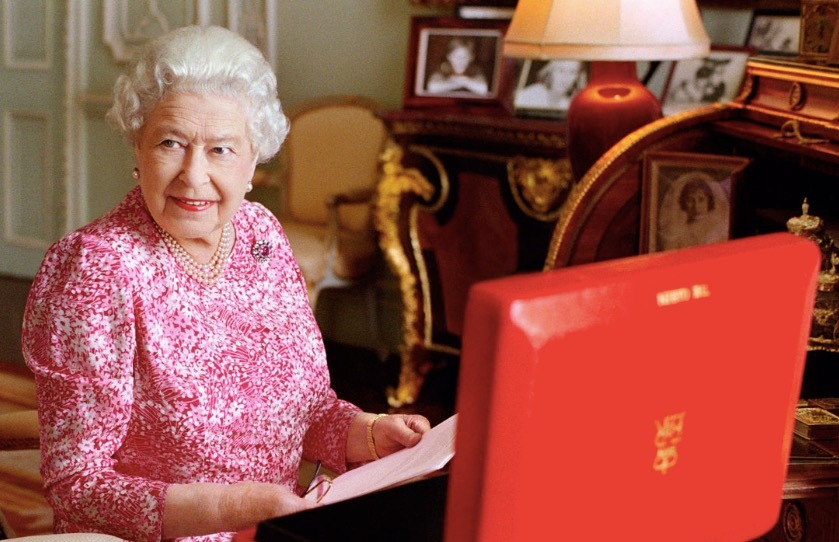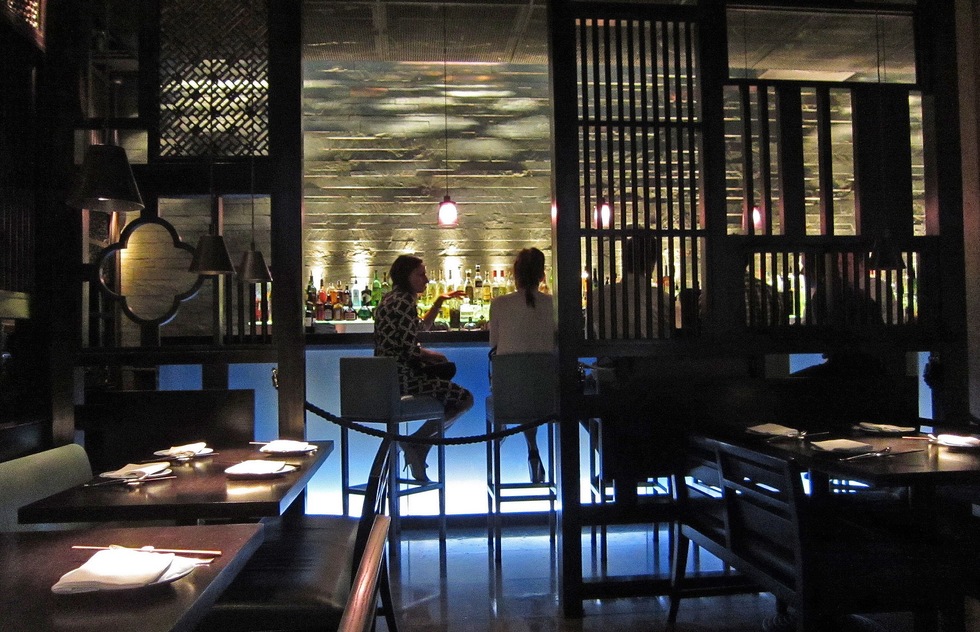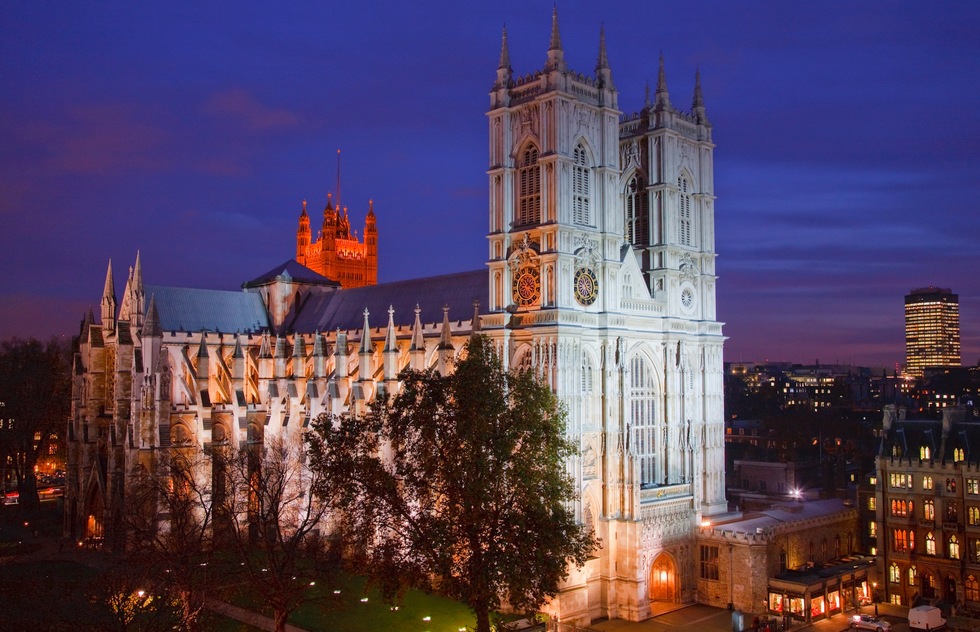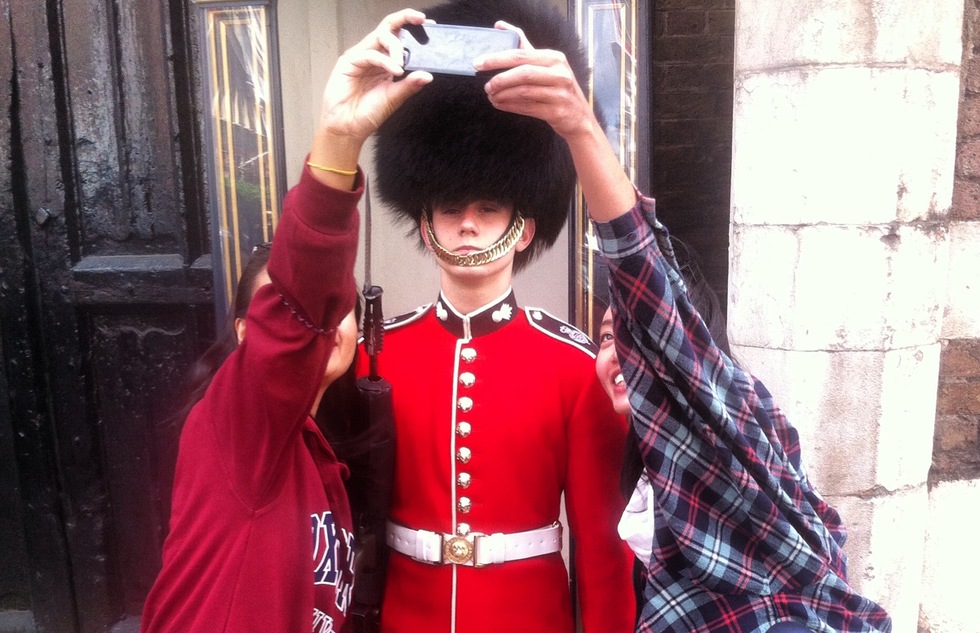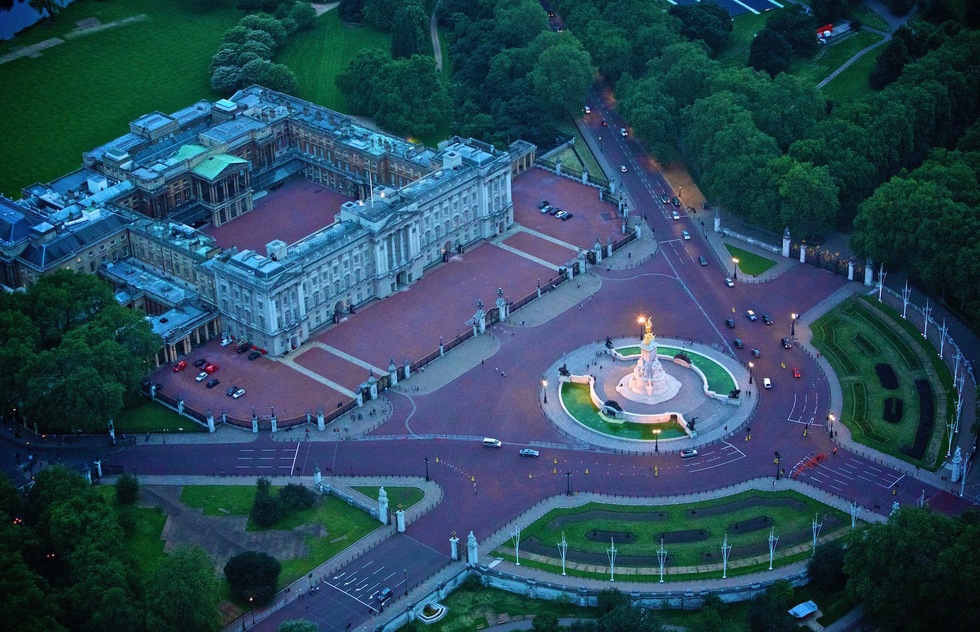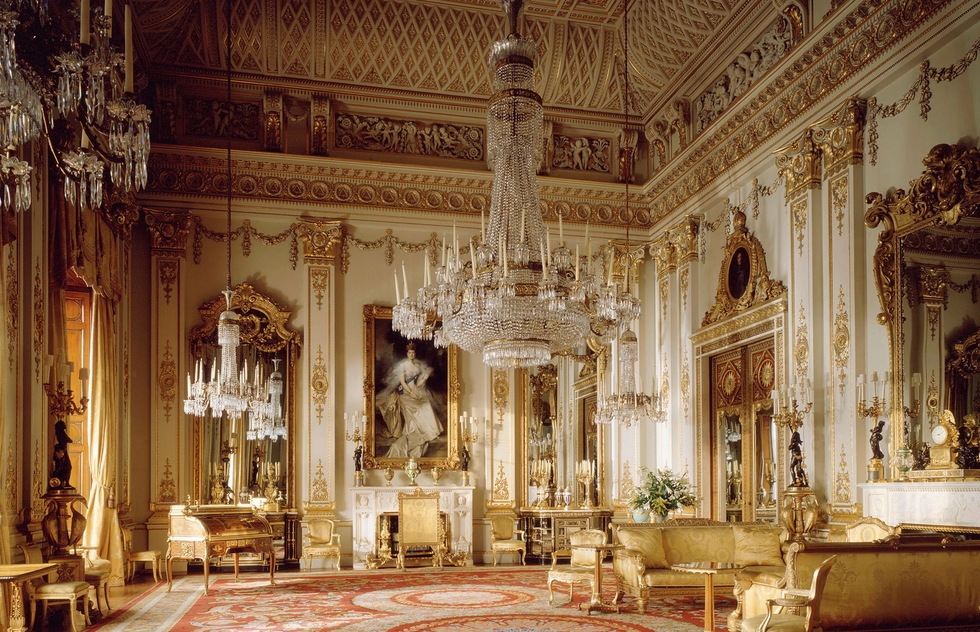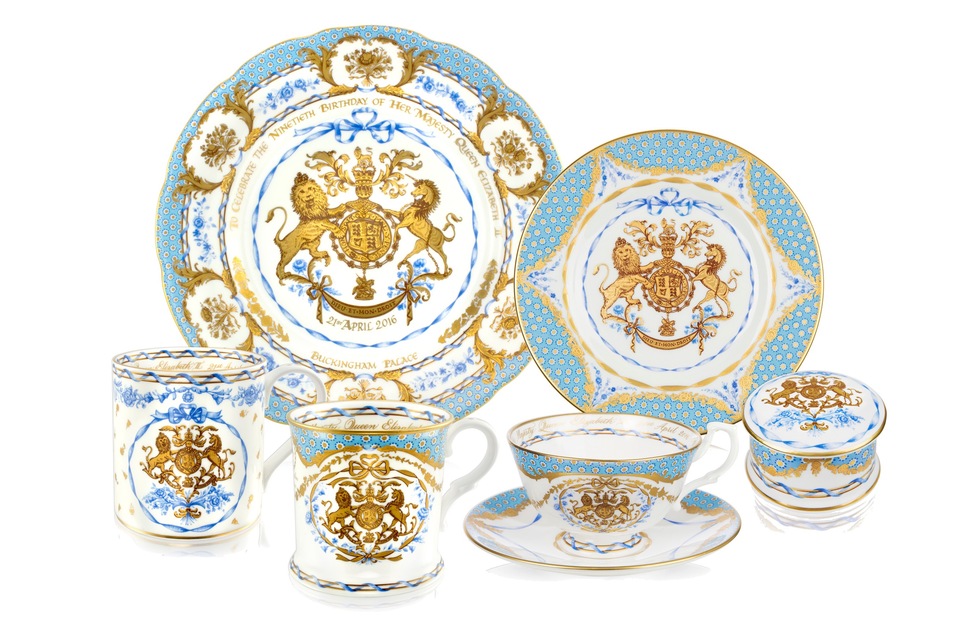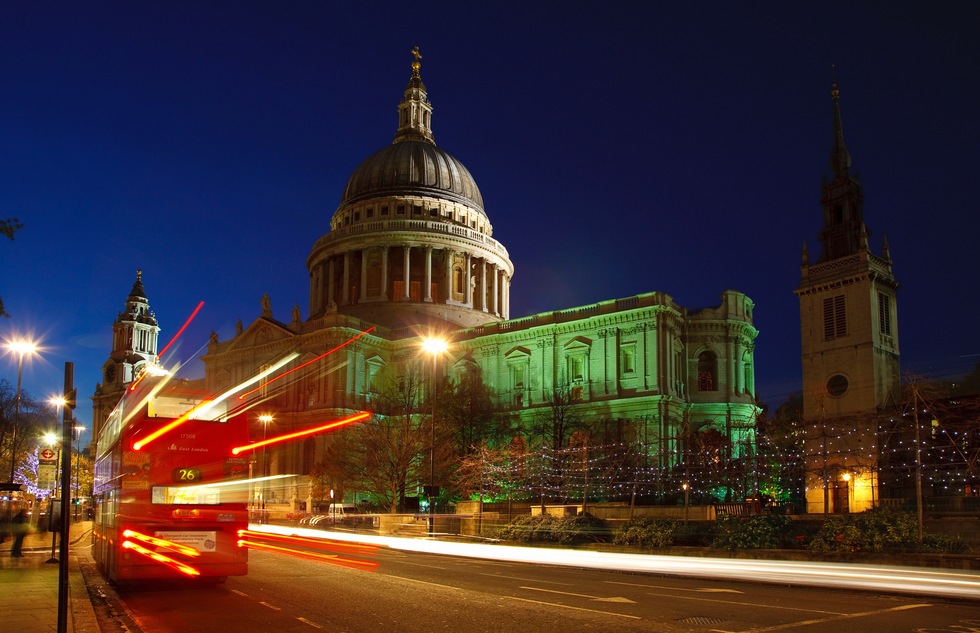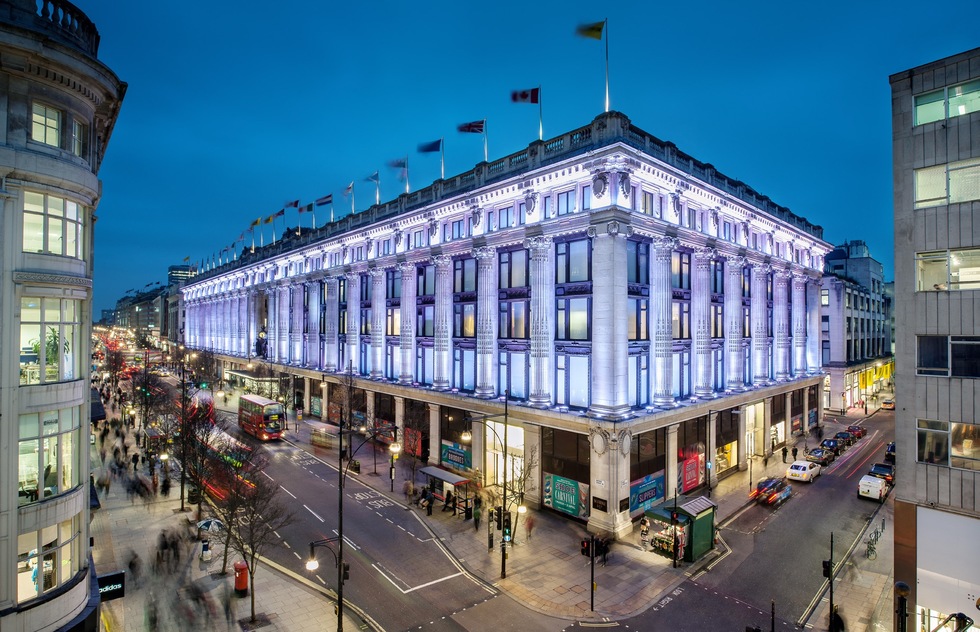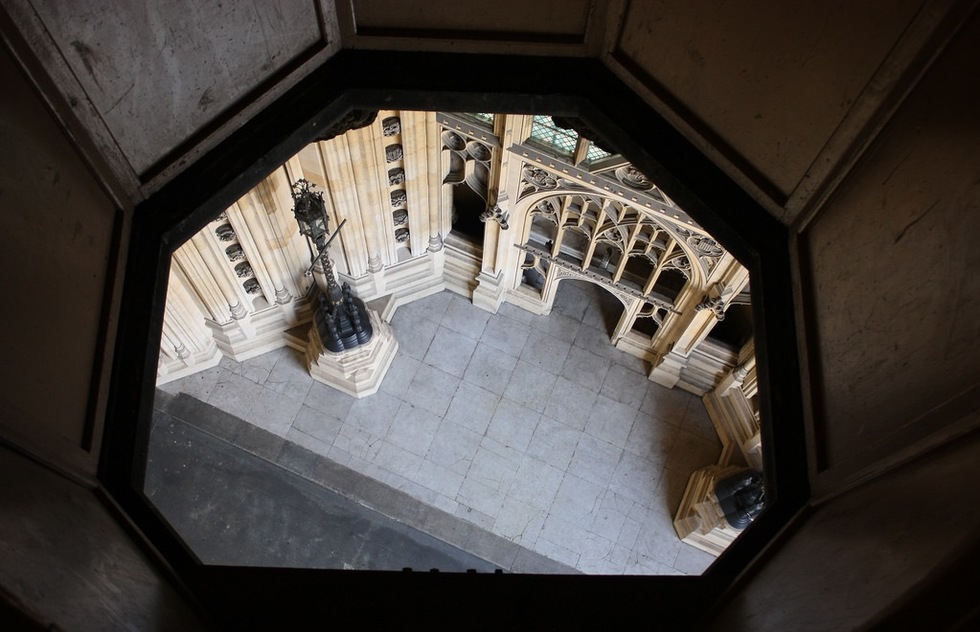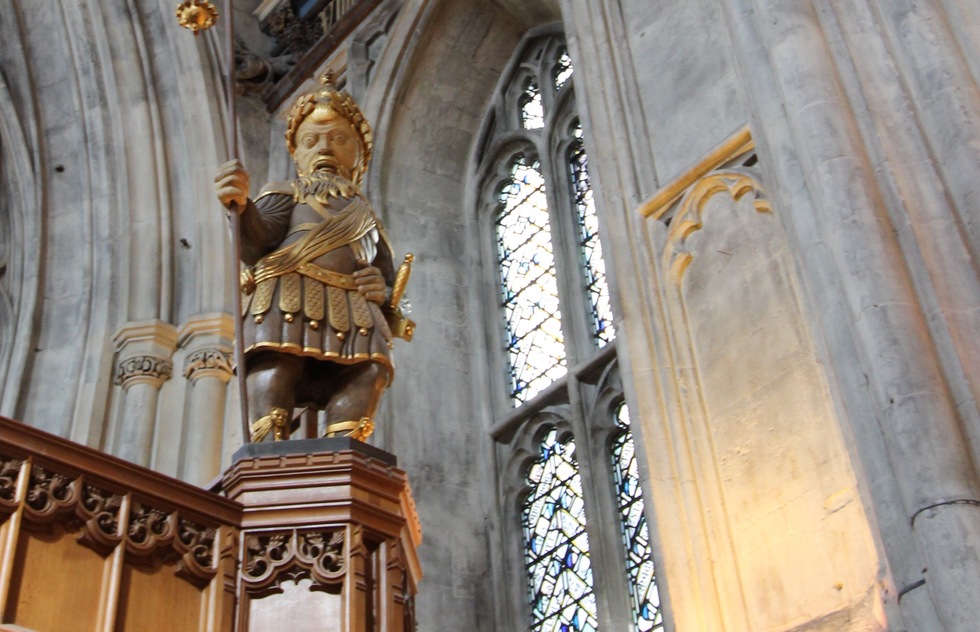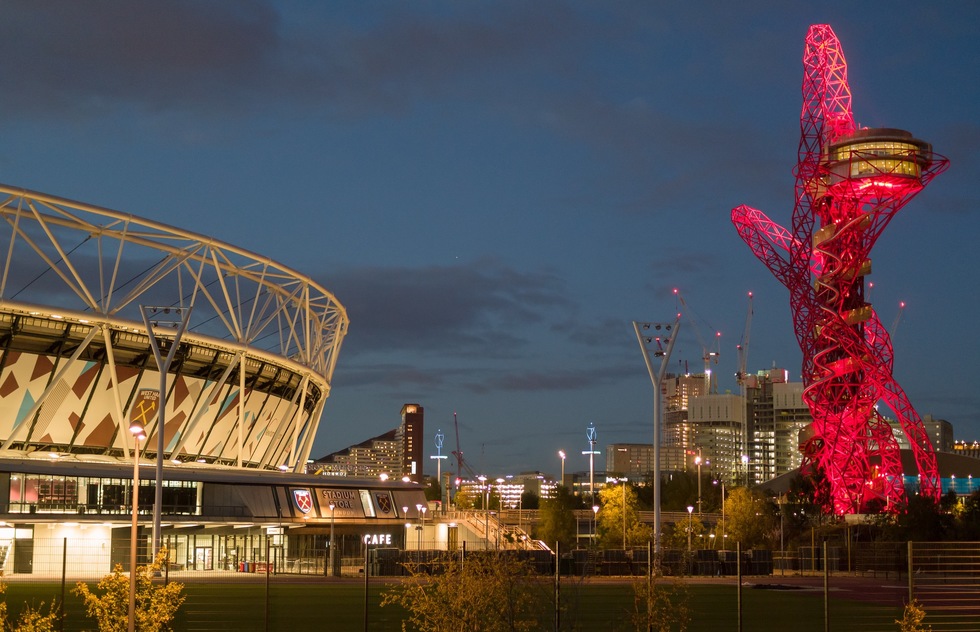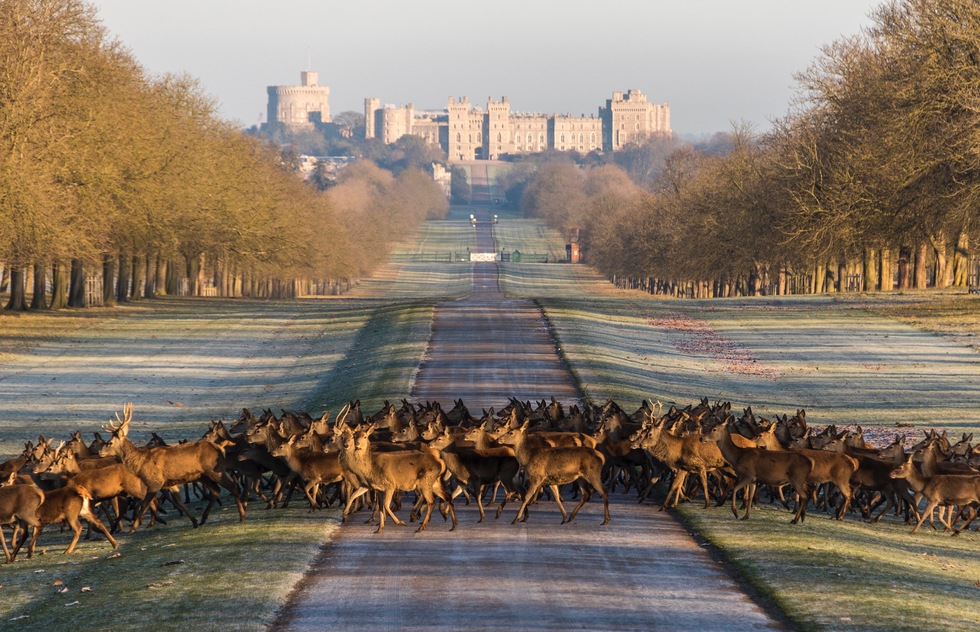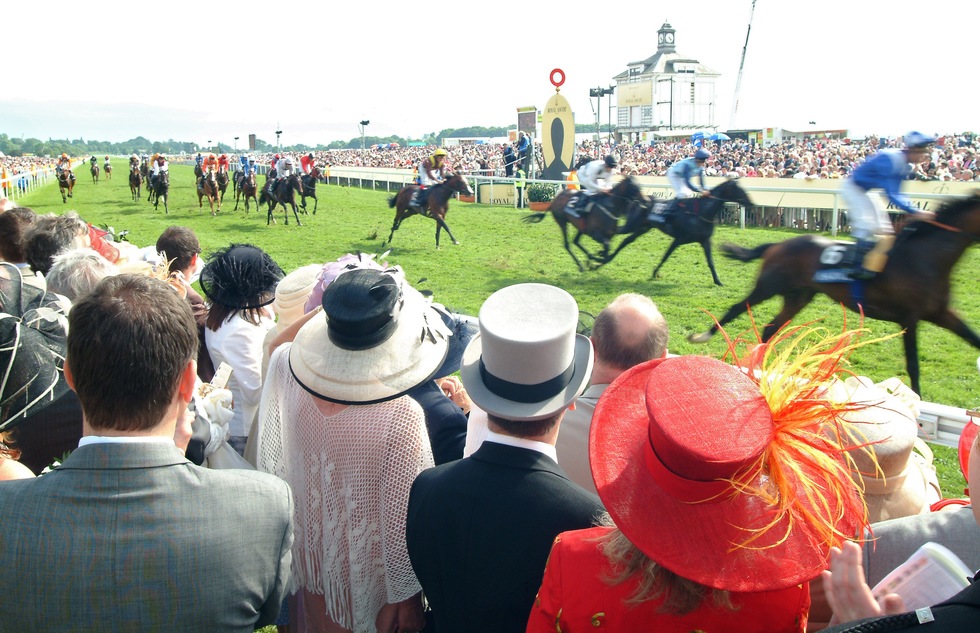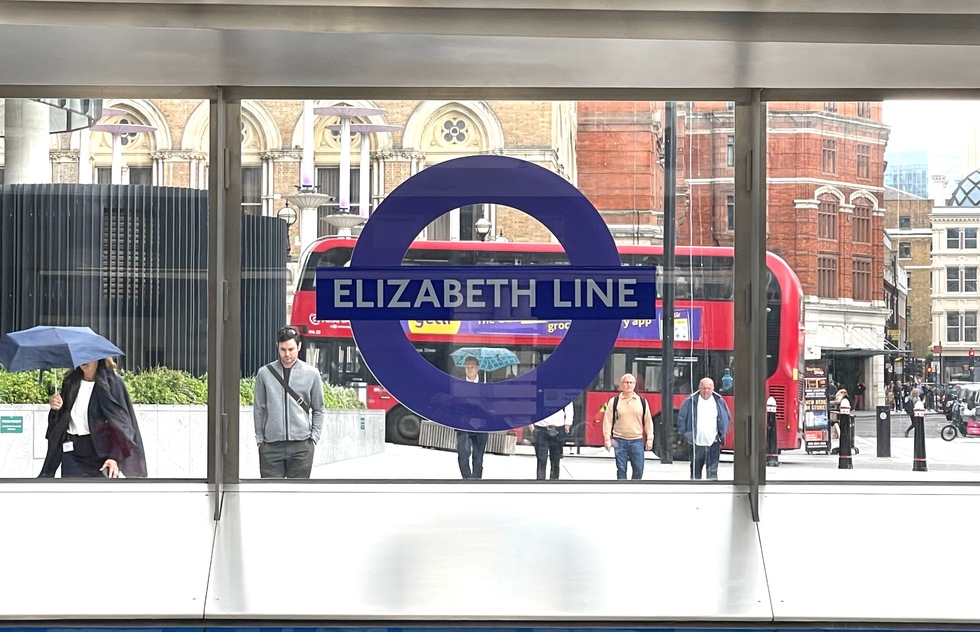Take a Tour of Queen Elizabeth II's London
By Jason CochranElizabeth Alexandra May Windsor was born here in April, 1926. Not in a cocktail bar, of course—despite her fondness for gin and tonic—but in the townhouse of family friends that stood on this site. At the time of her birth, she was not likely to become the monarch. Her uncle was next in line, and then his children, if he planned to have any. So no one thought anything of tearing her birthplace down. In fact, no one even seems to know for sure when it was torn down, except that it happened before she became the Queen. Now in the same spot, you'll find the celebrity hotspot Hakkasan Mayfair. We do have some letters her mother wrote about her around that time: "The baby is very well, and now spends the whole day taking her shoes off & sucking her toes! She is going to be very wicked, and she is very quick I think…" (Tube: Green Park)
Her childhood years were spent in a home at 145 Piccadilly, but that, too is gone. It was bombed by the Germans in 1940. (Tube: Hyde Park Corner)
Read more about these places and the rest of London in our award-winning guide, which you can find in our online store.





